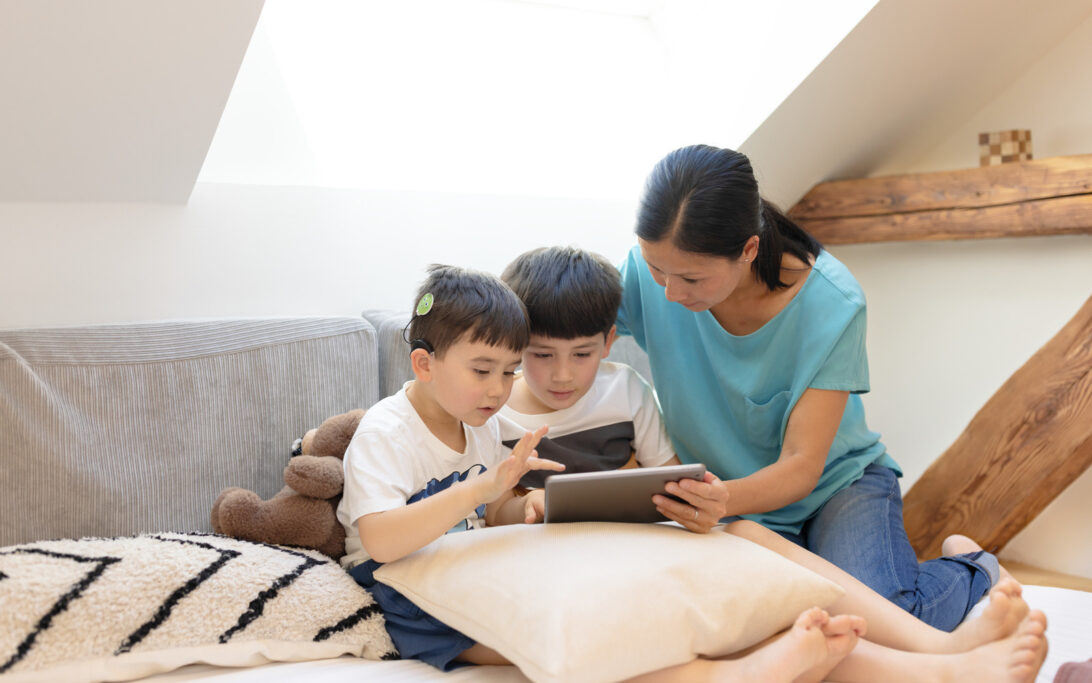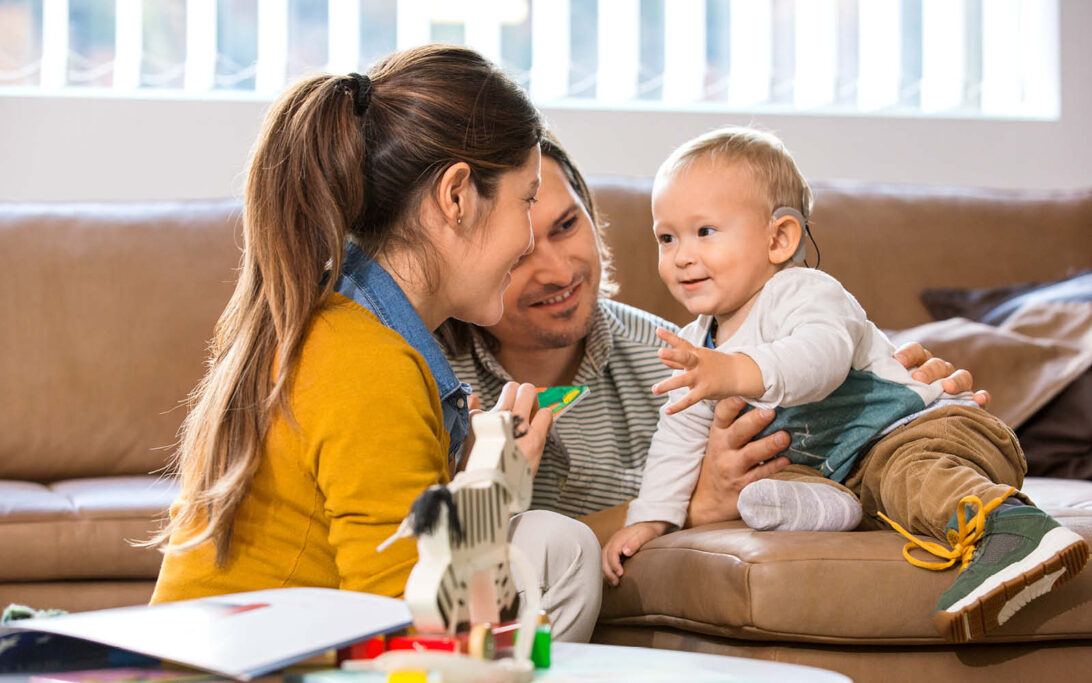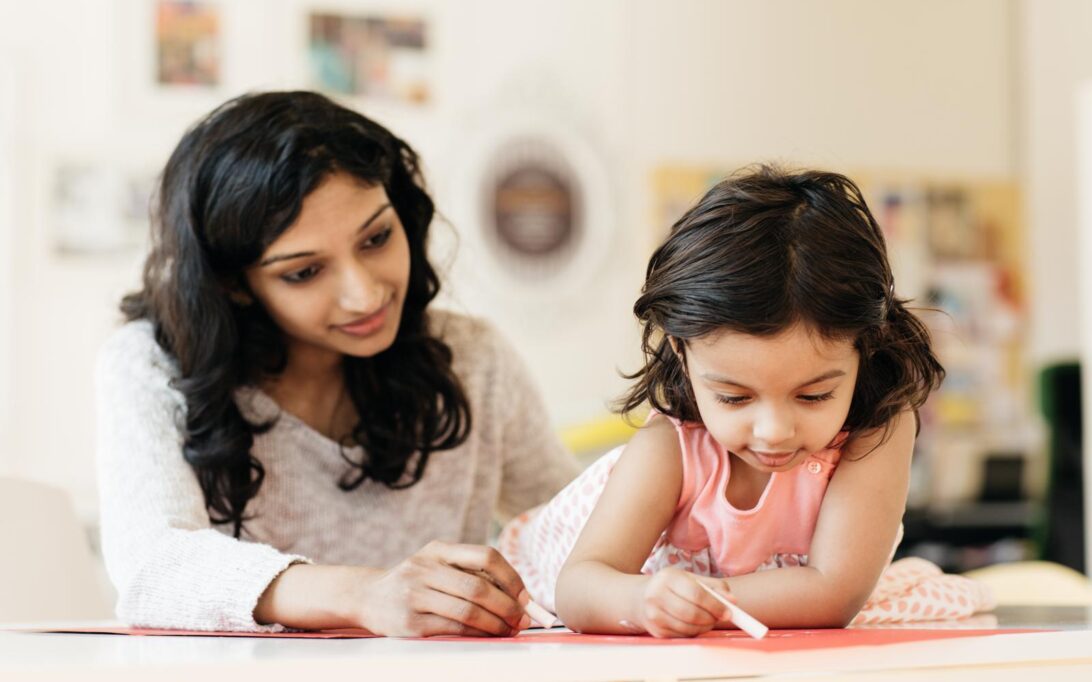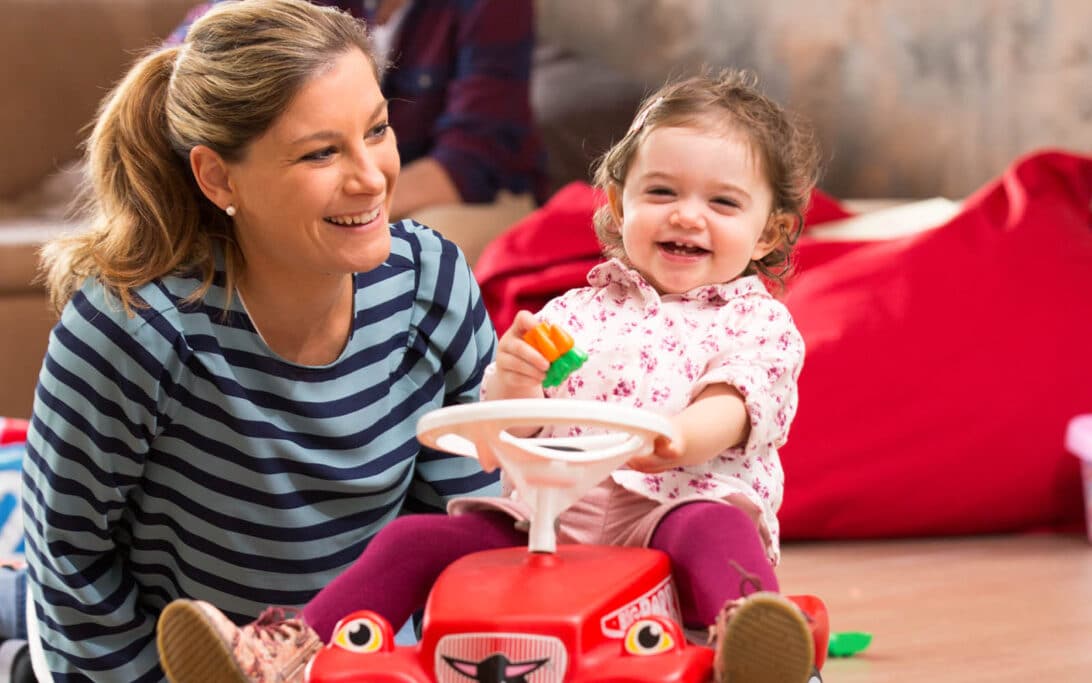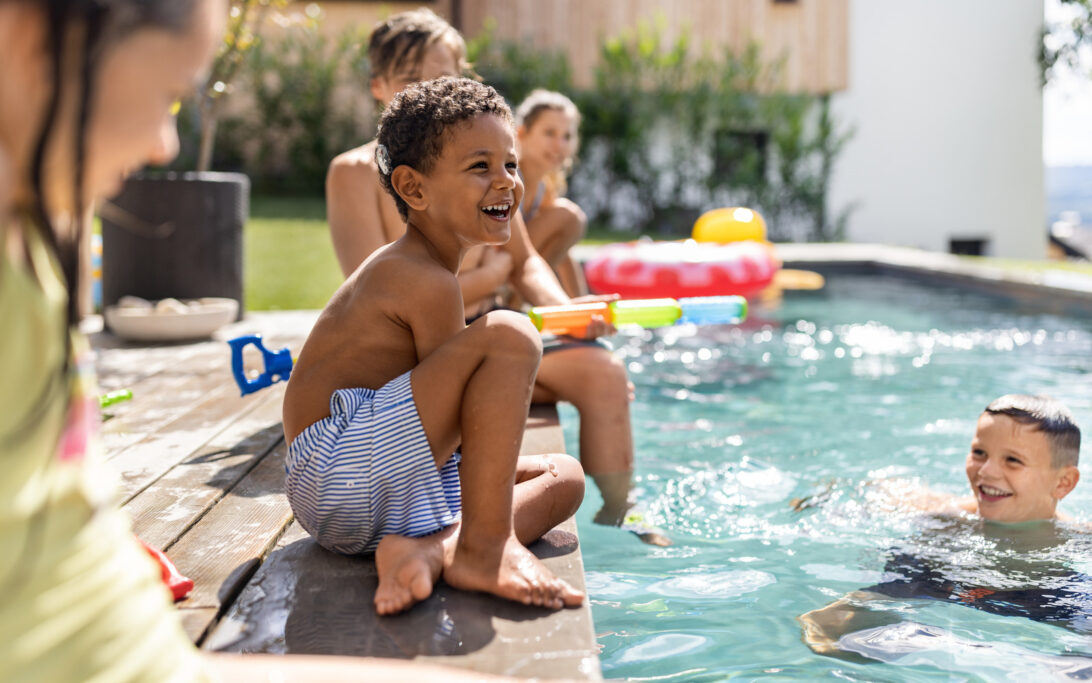
Hearing professionals can use the EARS® (Evaluation of Auditory Responses to Speech) test battery to assess the auditory skills of children with hearing loss. Delivering a robust framework for tracking progress and informing developmentally appropriate goals, EARS is now available for download as a digital resource in several languages.

